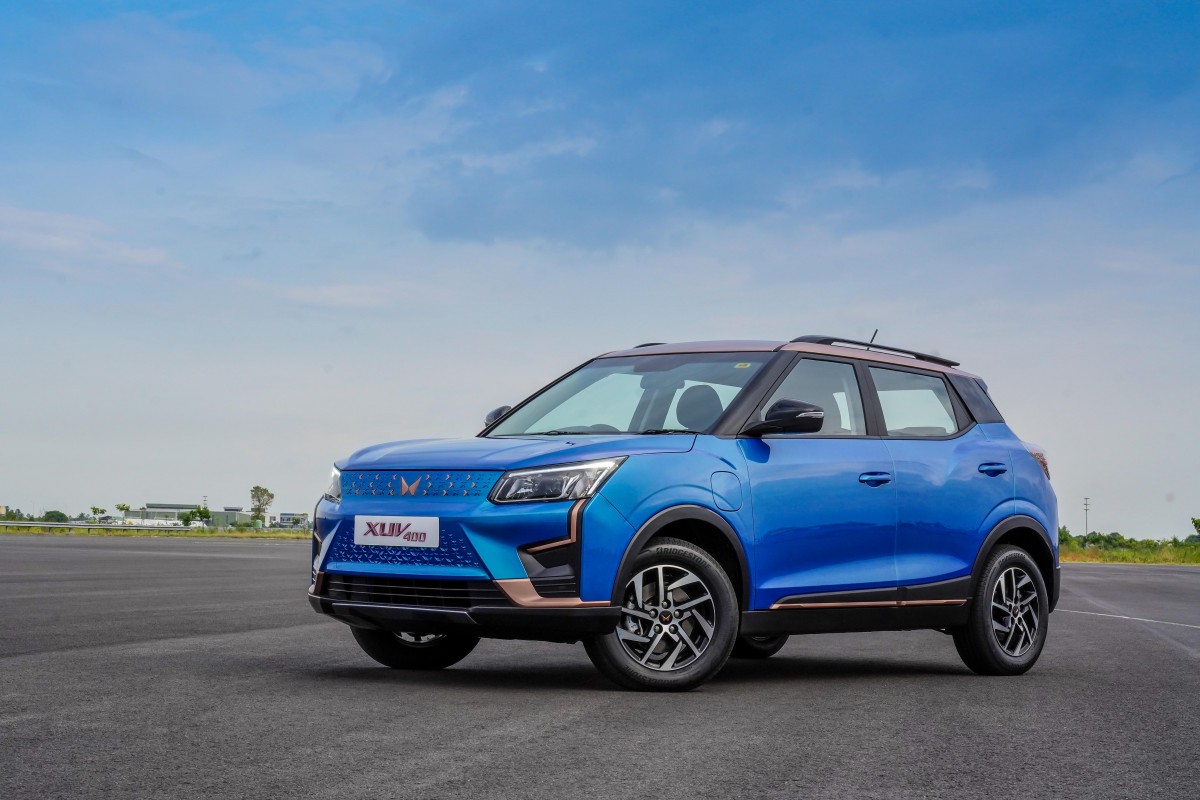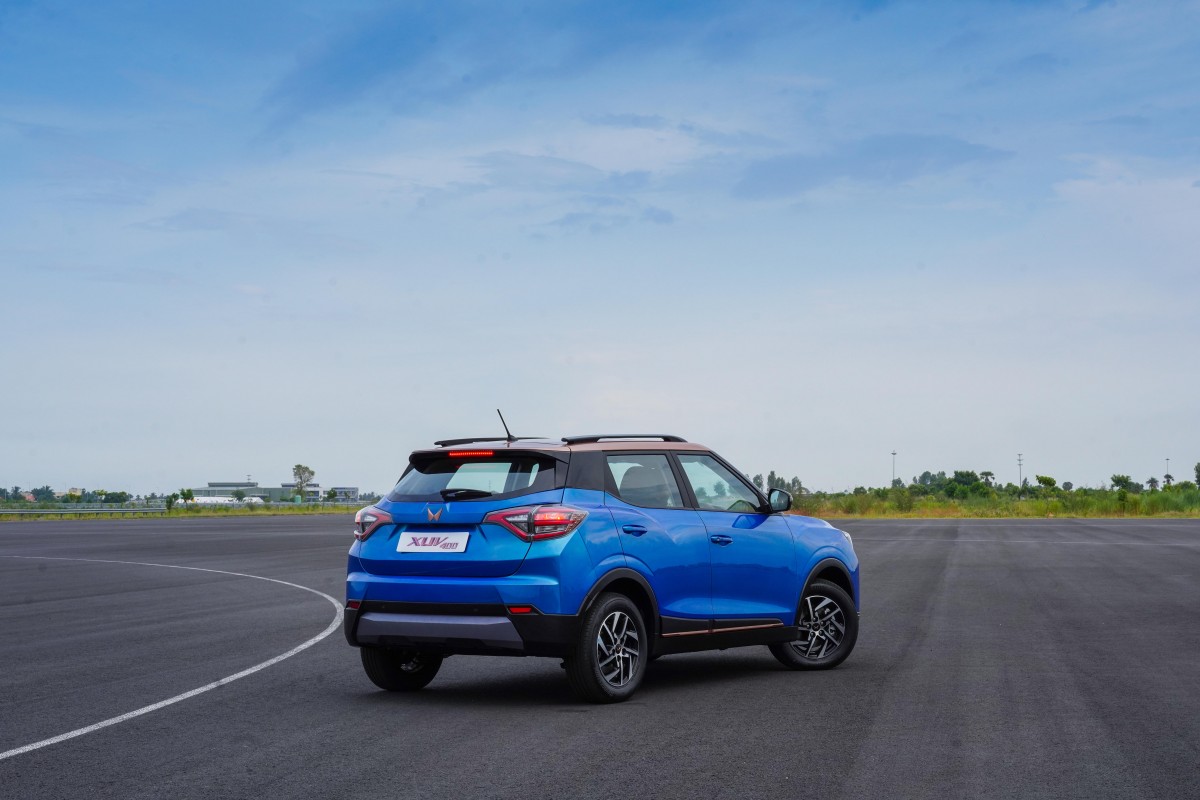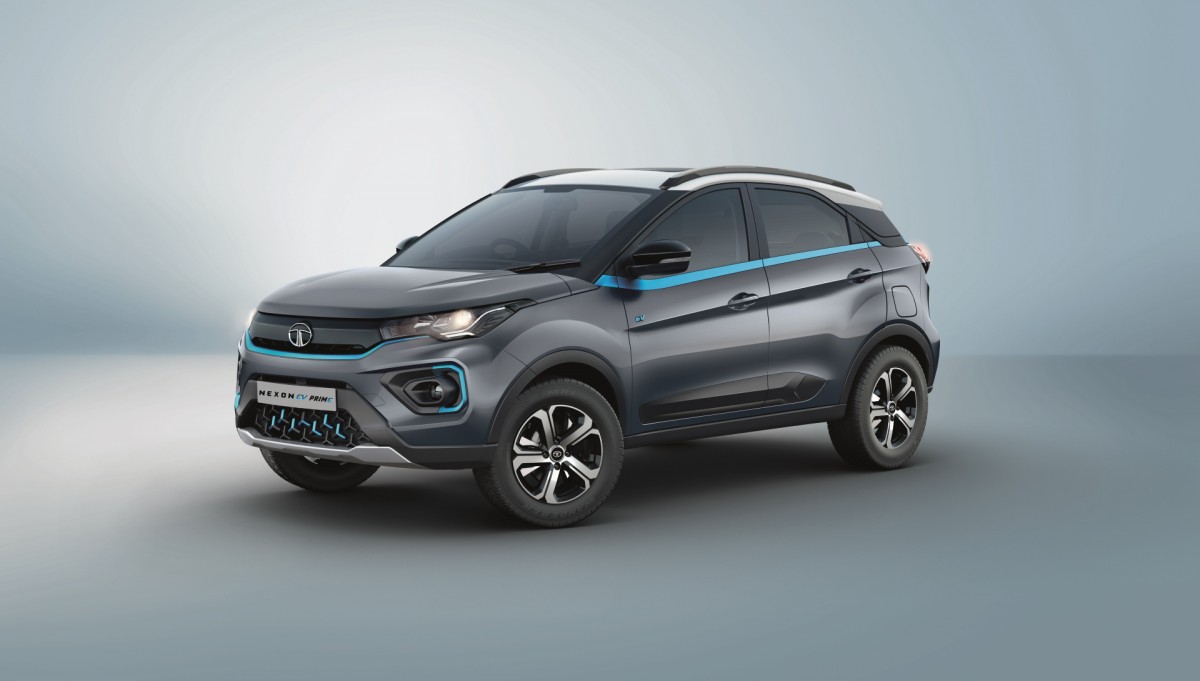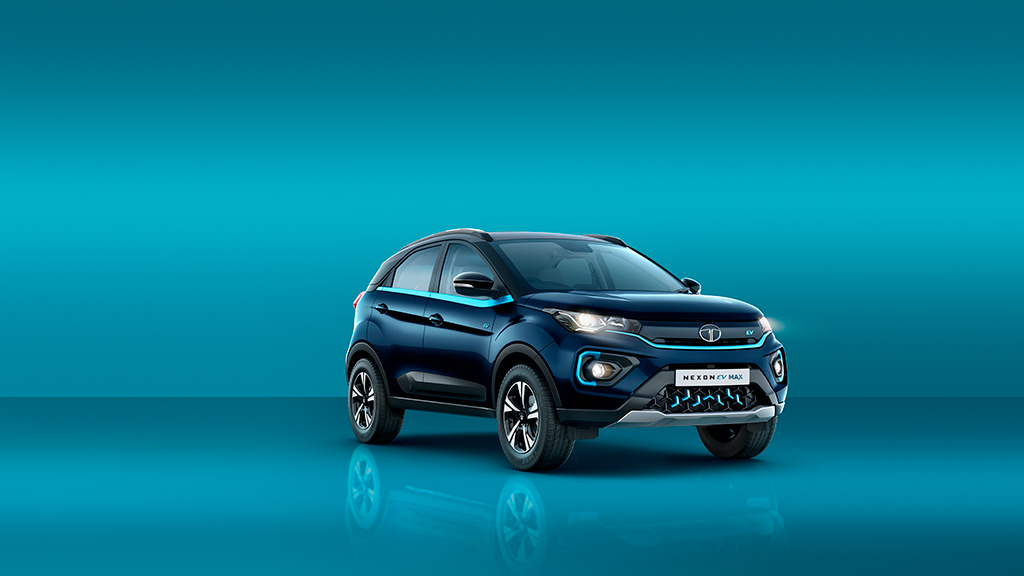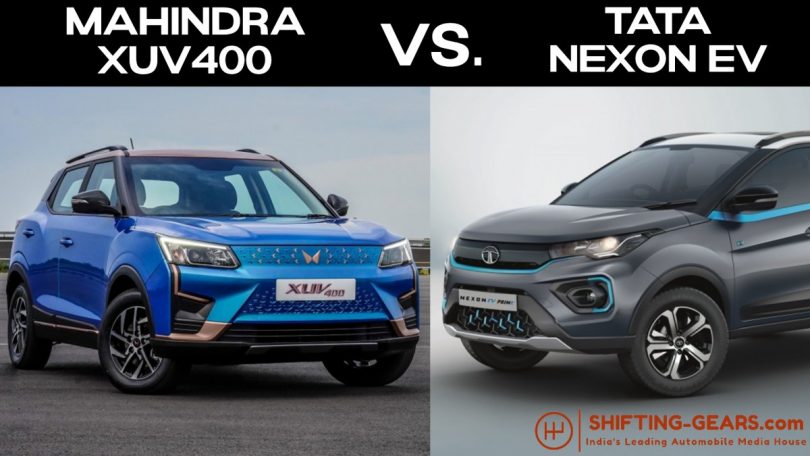Mahindra & Mahindra recently revealed its first all-electric offering for India, the XUV400. Essentially an all-electric counterpart to the XUV300, Mahindra is making bold claims and aims to take on the segment leaders in the EV space, which currently is the Tata Nexon EV. When Tata launched the Nexon EV, customers in India were not keen on EVs. However, EV adoption has rapidly picked up, and Tata now dominates the passenger EV market in India. In this specification comparison, we compare the all-new, all-electric Mahindra XUV400 with the segment leader, Tata Nexon EV, so that you can make an informed buying decision.
Mahindra XUV400 Vs. Tata Nexon EV – Powertrain, Battery & Range
Mahindra XUV400
Starting with what powers the two electric SUVs. Mahindra’s first all-electric SUV, the XUV400, uses a Permanent Magnet Synchronous Motor (PMSM) that puts out 150 PS of power and 310 Nm of torque. Being an EV, it gets a single-speed transmission. The XUV400 sends power to the front wheels and can accelerate from 0 to 100 kmph in 8.3 seconds. Thus, Mahindra claims the XUV400 is the fastest Indian-made non-luxury car.
Mahindra offers 3 drive modes on the XUV400 – Fun, Fast & Fearless. The modes tune the response of the steering wheel, throttle as well as regen levels. Additionally, there’s a ‘Lively mode’ which offers single-pedal driving.
The XUV400 gets an IP67-certified 39.4 kWh high energy density Lithium-ion battery pack. For thermal management, the XUV400 also features liquid cooling. Thanks to the large battery pack, Mahindra claims the XUV400 can go 456 km on a single charge as per the MIDC cycle.
Tata Nexon EV
Like the XUV400, the Tata Nexon EV also uses a PMSM motor that puts out 129 PS and 245 Nm of torque. Thus, it is 21 PS and 65 Nm down compared to the XUV400. Tata also offers the Nexon EV Max, which makes 143 PS of power and 250 Nm of torque. Even then, the XUV400 has a 7 PS and 60 Nm torque advantage. Both Nexon EV and Nexon EV Max get a single-speed transmission and are front-wheel drive. The Nexon EV accelerates from 0 to 100 kmph in 9.9 seconds, while the Nexon EV Max takes about 9 seconds.
The Nexon EV gets 2 drive modes – Drive & Sport; the Nexon EV Max gets 3 – City, Sport & Eco. Additionally, there are 4 regen modes on both. Level 0 offers no regen, while Level 3 offers maximum regen. Similar to the XUV400, the Tata Nexon EV & EV Max use a high-density Lithium-ion battery pack. The Nexon EV’s measures 30.2 kWh, while the Nexon EV Max’s measures 40.2 kWh. Both are liquid-cooled and are IP67-certified.
The Nexon EV gets a claimed range of 312 km on a single charge. Meanwhile, the Nexon EV Max gets a claimed range of 437 km. Both these figures are as per the MIDC cycle. Thus, compared to the XUV400, both are down in driving range. This is despite the Nexon EV Max sporting a bigger battery than the XUUV400.
Mahindra XUV400 Vs. Tata Nexon EV – Charging & Fast Charging
The Mahindra XUV400 has a CCS2 type charger connection and supports DC fast charging as well. Using a domestic 3.3 kW / 16A socket, it takes 13 hours to charge from 0 to 100 per cent. Meanwhile, using a 7.2 kW AC charger takes the XUV400 6.5 hours to charge from 0 to 100 per cent. But, using a 50 kW DC fast charger, Mahindra claims the XUV400 can top up its battery from 0 to 80 per cent in only 50 minutes.
Like the XUV400, both the Nexon EV and Nexon EV Max use the CCS2 charging standard. Using a 15A plug point, the Nexon EV can charge from 10 to 90 per cent in 9 hours and 10 minutes. While using a fast charger, the Nexon EV tops up its battery from 10 to 80 per cent in 60 minutes.
At the same time, the Nexon EV Max takes 15 hours to charge from 10 to 100 per cent using a 15A plug point. The Nexon EV Max also supports 7.2 kW AC fast charging. Using this, it takes 6.5 hours for a full charge, i.e. from 0 to 100 per cent. Meanwhile, using a 50 kW DC fast charger, it takes 56 minutes to charge from 0 to 80 per cent.
Mahindra XUV400 Vs. Tata Nexon EV – Dimensions
Mahindra claims the XUV400 is a generously sized SUV. The all-electric XUV400 measures 4,200 mm in length, 1,821 mm in width and 1,634 mm in height and has a wheelbase of 2,600 mm.
On the other hand, the Nexon EV and Nexon EV Max are 3,993 mm long, 1,811 mm wide, and 1,616 mm tall and have a wheelbase of 2,498 mm.
Comparing the dimensions, it seems like Mahindra’s claims are indeed true. The XUV400 is larger in every dimension compared to the Nexon EV twins, be it in length, width, height or wheelbase.
Also Read: 2023 Mahindra XUV400 Electric SUV Review
